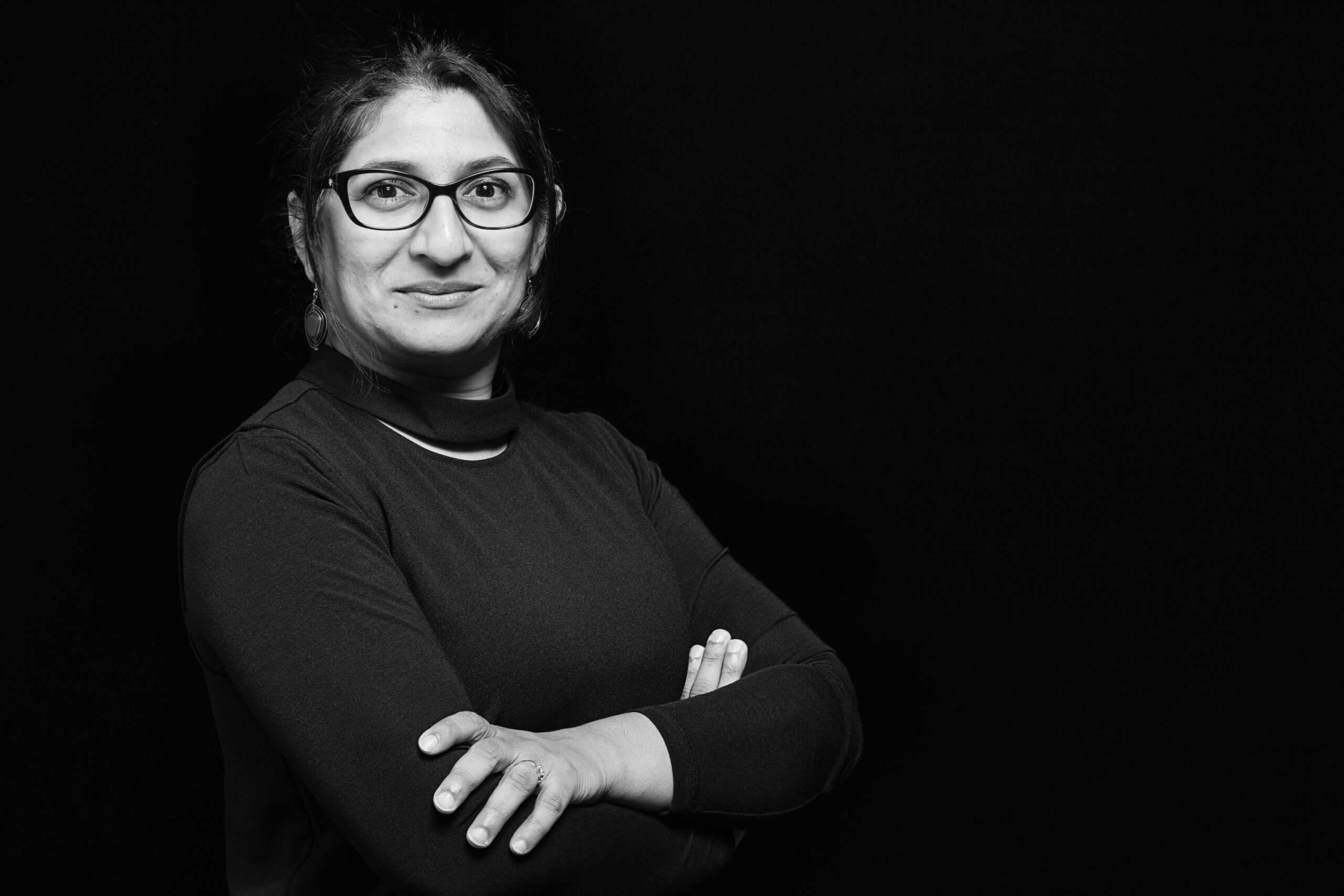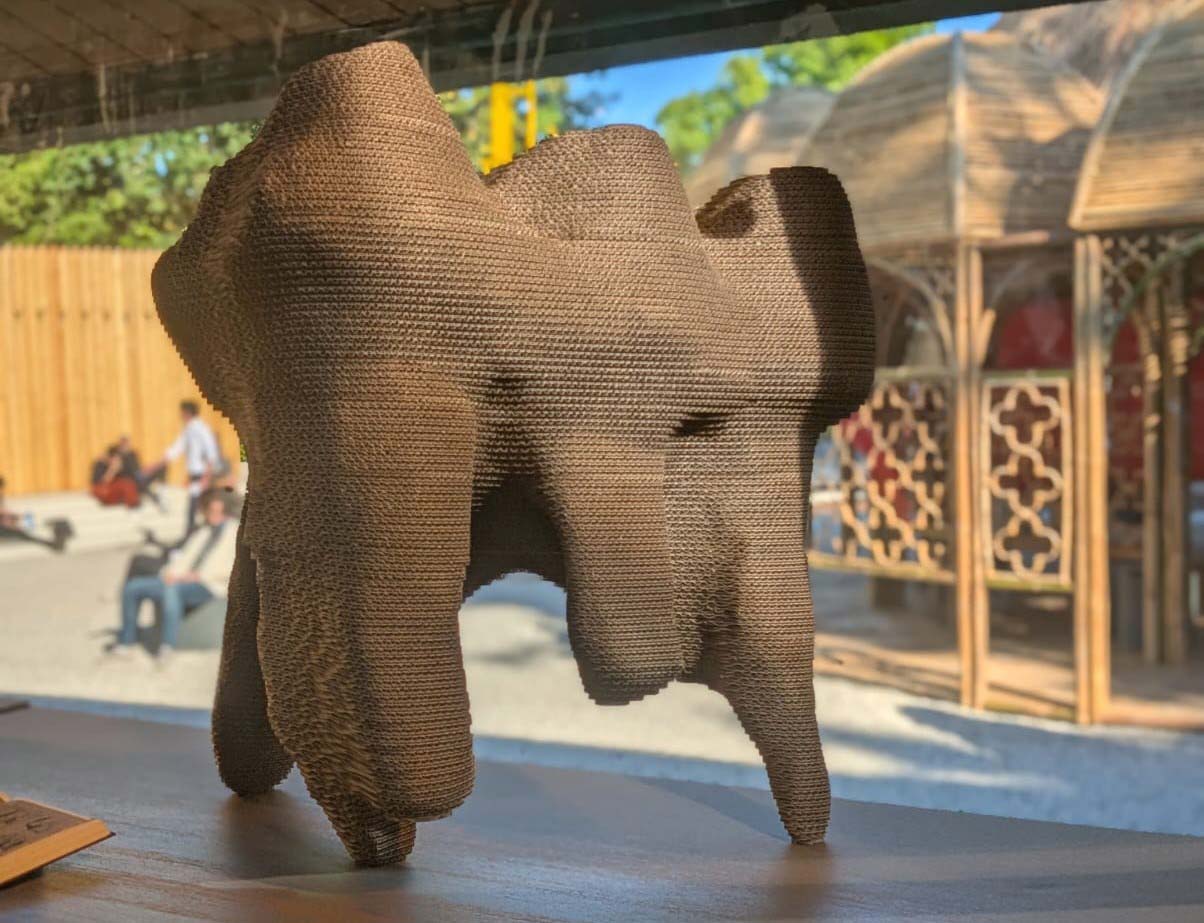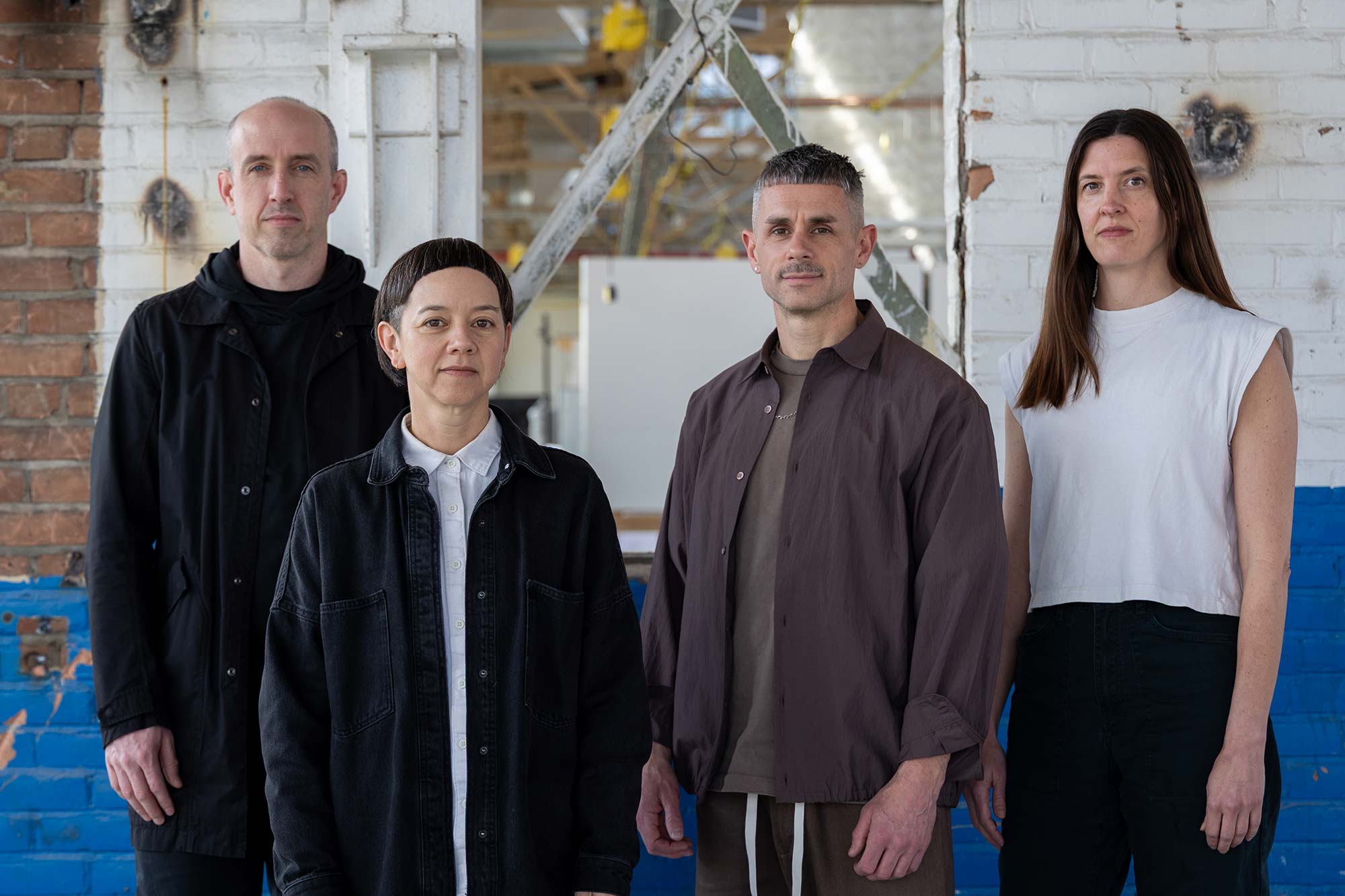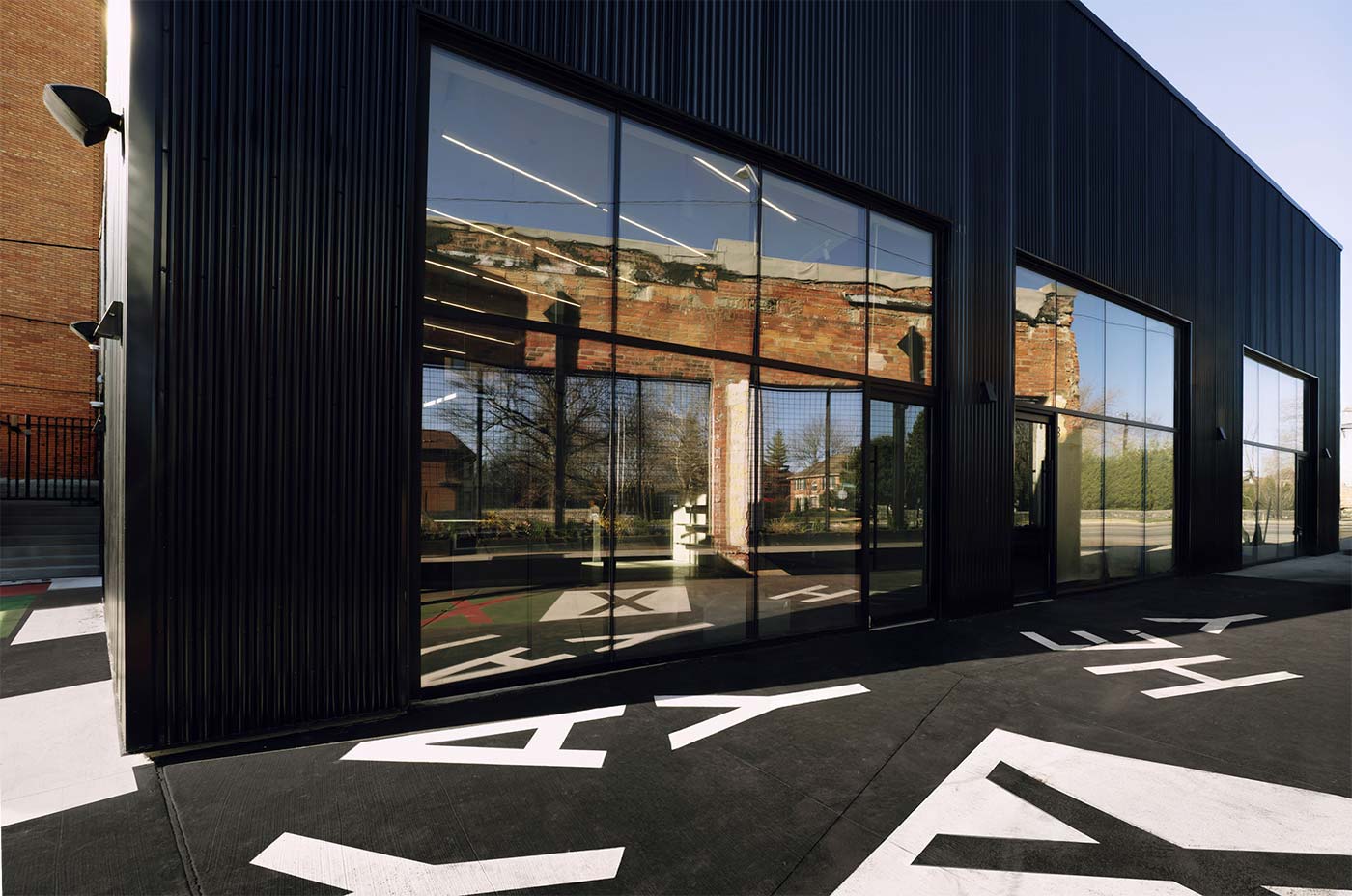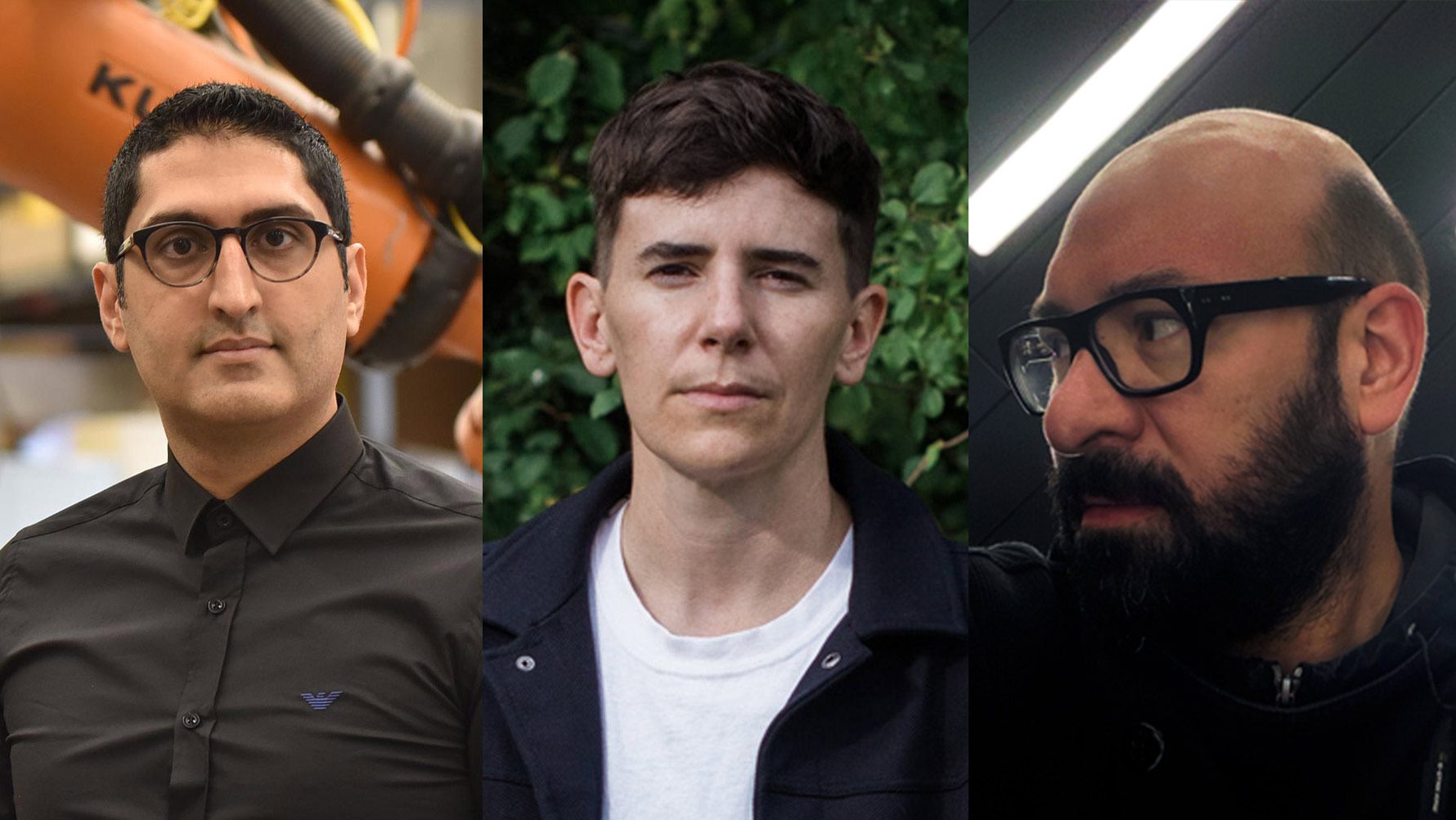
Three Taubman College Faculty Receive U-M XR Innovation Grants
Arash Adel, Laida Aguirre, and Matias del Campo, all members of Taubman College’s architecture faculty, are among the latest recipients of XR Innovation grants from U-M’s Center for Academic Innovation.
The Center’s second round of XR Innovation project grants specifically target faculty who would use a commercially available XR authoring platform to create content for their courses. The goal with this round of funding is to create more content creation capacity, since one of the big barriers to bringing XR technologies to teaching and learning is the availability of applicable content and the ability to quickly create relevant content.
About the projects from Taubman College:
Bridge the Gap Between Digital Design and Physical Construction in Architecture Education with XR
Arash Adel, assistant professor
The architecture discipline has adopted three-dimensional (3D) modeling to design and visualize architectural projects. However, beyond the use of digital fabrication technologies, it has failed at advancing the conventional means and methods (e.g., two-dimensional drawings) used in transferring digital design information to the physical construction process. This disciplinary gap is deeply ingrained into architecture education. Students are primarily trained on 3D modeling and representation of buildings, while the gap between the digital world and its physical counterpart has remained in place. The critical challenge is the visualization of spatial information to teach fabrication processes and guide students step by step to construct physical artifacts. Recent research projects have discovered that mixed reality (MR) technologies effectively augment the spatial information required for the fabrication of architectural structures. Furthermore, augmented reality (AR) techniques have been used on construction sites by architecture firms, such as SHoP Architects, and proven to offer advantages over traditional methods. Building upon these investigations, this proposal focuses on MR’s (and AR’s) capabilities as effective tools in augmenting the spatial information obtained from 3D models, especially when used to teach the fabrication and construction of scaled or full-scale physical counterparts of the digitally designed artifacts. This is a unique challenge that may only be addressed using MR/AR technologies. Moreover, MR/AR technologies can be integrated into teaching digital fabrication techniques (e.g., robotic fabrication processes) or used in combination with these techniques to further advance architecture education.
Immersive material
Laida Aguirre, assistant professor
“Immersive material” focuses on communicating the qualitative aspects of the architectural experience through XR. Thinking scenographically and with the intention of expanding architecture’s audience, this project will use XR for its ability to bridge student work to audiences outside of the discipline by making accurate visualizations of the textural and material qualities of the built environments they create. Draped, coarse, shiny… the project focuses on translating texture and effect with specificity in order to open up the methods of architectural communication from opaque drawings and complex notations to the material and the intuitive, in doing so, broadening public access into an otherwise internal discourse. In addition, “Immersive material” makes the argument that if we can accurately create digital architectural experiences, we can bypass the need for creating physical ones, thus avoiding the environmental consequences of extraction based temporary architectural environments.
Fully 3D
Matias del Campo, associate professor
Architecture has a strong tradition in Studio Culture. Studio Culture pertains to the space in which students and faculty interact in the development of a project. The studio space has an almost mythical reputation in the education of an architect. It is the space where ideas are forged, discussed with peers and professors and executed as plans, sections and models. It is a place that defines the identity of the studio work and provides the stage for the critical interrogation of the respective designs. This very physical space has been challenged by the ongoing COVID-19 crisis. “Fully 3D” seeks to provide a possibility for an in-depth interrogation of projects within a studio setting by providing a three-dimensional discussion space that allows students and faculty alike to explore architectural solutions in a three-dimensional space. The combination of an online tool and augmented reality allows to discuss architectural projects with an additional layer of information beyond the flatness provided by Zoom reviews and similar linear, two-dimensional methods of representation.
Adel, Aguirre, and del Campo are among 13 projects from across the university that received funding. Others are from the College of Literature, Science, and the Arts; the College of Engineering; the School of Nursing; the School for Environment and Sustainability; the School of Social Work; and the Medical School. “We see so many areas that XR can enhance teaching and learning and believe that it is important to plant as many seeds as we can across different programs to foster innovation and community,” said Jeremy Nelson, director of the XR Initiative.
Jonathan Rule, an assistant professor of practice at Taubman College, received one of the Center’s inaugural XR grants in 2020. Read more about his work here.
Learn more about the 2021 XR Initiative grants here.





